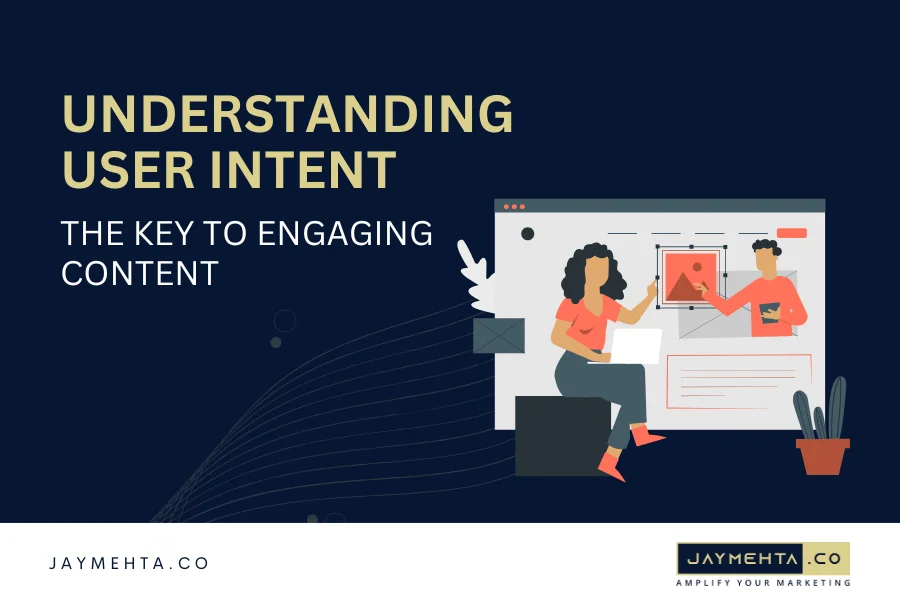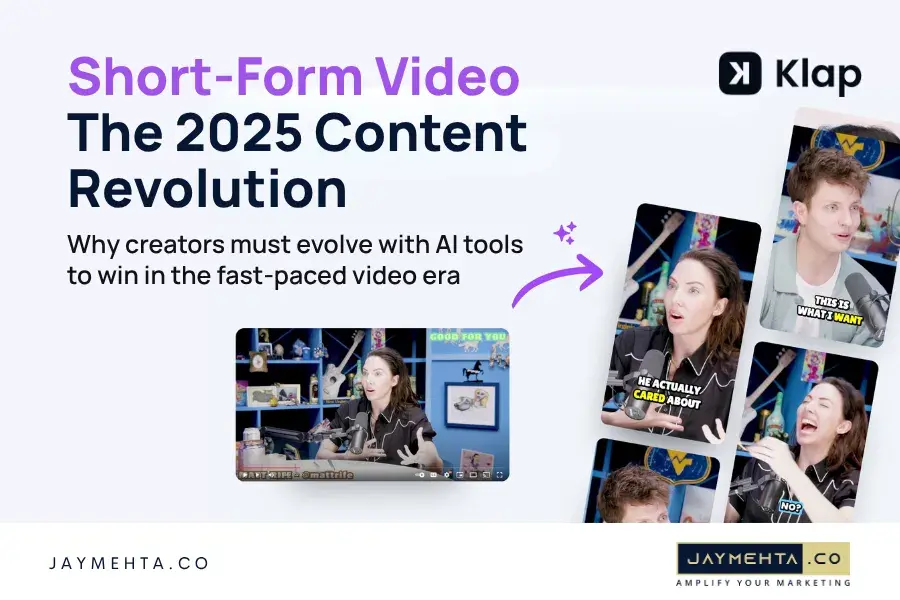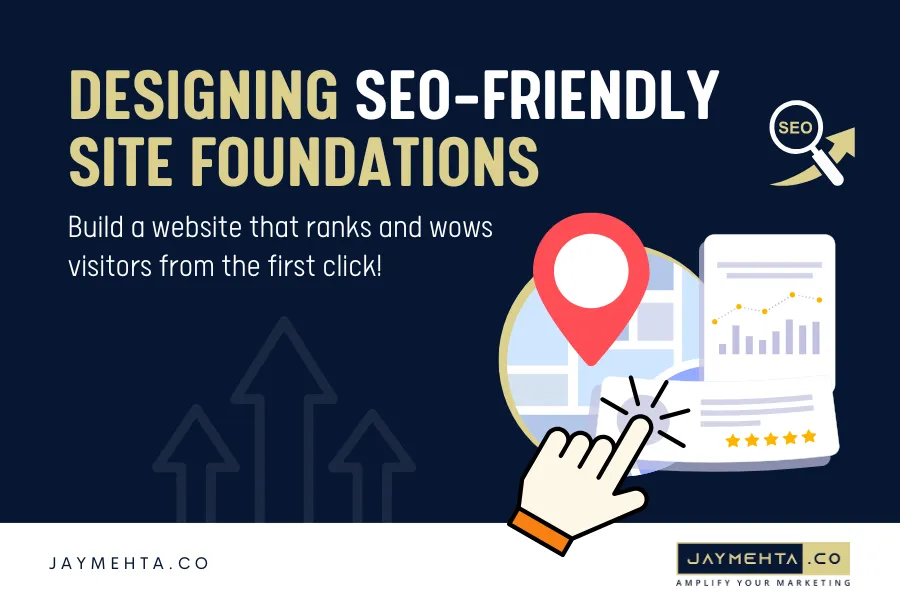As we approach 2025, the world of Search Engine Optimization (SEO) is undergoing rapid transformation. Businesses must adapt to new technologies, evolving user behaviors, and the increasing complexity of search engine algorithms to maintain visibility and relevance in search results. This comprehensive guide explores essential SEO best practices for 2025, focusing on advancements in technology, shifts in user expectations, and effective strategies that businesses should implement.
The Evolving SEO Landscape
The digital landscape is in constant flux, influenced by technological advancements and changing consumer behaviors. As we look towards 2025, several key trends are emerging that will shape the future of SEO:
-
The Rise of AI and Machine Learning
Artificial Intelligence (AI) and machine learning are revolutionizing SEO practices. These technologies enable search engines to analyze vast amounts of data, identify patterns in user behavior, and deliver personalized search results. Businesses can leverage AI tools to enhance their SEO strategies by:
-
Predictive Analytics: Using AI to forecast trends based on historical data can help businesses stay ahead of their competition.
-
Content Optimization: AI-driven tools can analyze existing content and suggest improvements based on current ranking factors.
-
-
User Intent Optimization

Understanding user intent has become paramount in SEO. Instead of merely focusing on keywords, businesses need to create content that addresses the specific needs and questions of their audience. This involves:
-
Intent-Based Content Creation: Developing content that aligns with different types of user intent—informational, navigational, transactional, or commercial.
-
Search Query Analysis: Utilizing tools like Google Search Console to analyze which queries bring users to your site can help refine your content strategy.
-
-
Mobile-First Indexing
With mobile searches dominating the digital landscape, optimizing websites for mobile devices is no longer optional but essential. Google has adopted a mobile-first indexing approach, meaning it predominantly uses the mobile version of a site for indexing and ranking. Key considerations include:
-
Responsive Design: Ensure your website adapts seamlessly to various screen sizes.
-
Mobile Page Speed: Fast-loading pages are critical for retaining mobile users; tools like Google PageSpeed Insights can help identify areas for improvement.
-
Key SEO Best Practices for 2025
-
Advanced Keyword Research Strategies
In 2025, keyword research will extend beyond traditional methods. Businesses should focus on:
-
Long-Tail Keywords
Long-tail keywords are phrases that are more specific and usually longer than standard keywords. They often reflect the user’s intent more accurately and can lead to higher conversion rates. For example, instead of targeting “shoes,” consider “best running shoes for flat feet.”
-
Semantic Search
Understanding the context behind search queries will become increasingly important. Semantic search focuses on the meaning behind words rather than just matching keywords. This shift means businesses should:
- Use related terms and synonyms throughout their content.
- Create comprehensive content that covers a topic from multiple angles.
-
Tools for Keyword Research
Utilize advanced tools like Ahrefs, SEMrush, or Moz to uncover keyword opportunities and analyze competitors’ keyword strategies. These tools provide insights into search volume, keyword difficulty, and related keywords.
Find it Useful: Unlock Exposure with Keyword Research Services
-
-
On-Page SEO Techniques
On-page SEO remains a cornerstone of effective optimization strategies. Key techniques include:
-
Optimizing Title Tags and Meta Descriptions
Title tags and meta descriptions should include primary keywords while also being compelling enough to encourage clicks. Best practices include:
- Keeping title tags under 60 characters.
- Crafting meta descriptions that are around 150-160 characters long.
-
Using Header Tags (H1, H2, H3)
Properly structured content improves readability for users and helps search engines understand the hierarchy of information. Use H1 tags for titles and H2/H3 tags for subheadings.
-
Internal Linking
Internal linking enhances site navigation and helps distribute page authority throughout your website. Ensure that relevant pages link to each other naturally within your content.
-
-
EEAT in SEO

Google’s EEAT principle—Experience, Expertise, Authoritativeness, Trustworthiness—will continue to play a critical role in SEO rankings:
-
Experience
Experience refers to firsthand knowledge or involvement with a topic or product. Content creators should demonstrate their experience through personal anecdotes or case studies that showcase their understanding of the subject matter.
-
Expertise
Content should be created or reviewed by experts in the field. For example, medical or financial advice should come from qualified professionals who have relevant credentials or certifications.
-
Authoritativeness
Establish your website as a go-to source by consistently publishing high-quality content that addresses user needs. Building backlinks from reputable sites within your industry can also enhance your site’s authority.
-
Trustworthiness
Ensure your site is secure (HTTPS) and transparent about its authorship and sources. User reviews and testimonials can enhance trustworthiness, as can clear contact information and privacy policies.
-
-
Mobile SEO Optimization
With mobile devices accounting for a significant portion of web traffic, optimizing for mobile is crucial:
-
Responsive Design
Ensure your website adapts seamlessly to different screen sizes using responsive design techniques.
-
Page Speed Optimization
Fast-loading pages improve user experience and are favored by search engines. Use tools like Google’s PageSpeed Insights or GTmetrix to assess your site’s speed.
-
Core Web Vitals
Focus on metrics such as loading performance (LCP), interactivity (FID), and visual stability (CLS) to enhance mobile usability.
-
-
Technical SEO Checklist
A robust technical SEO foundation is essential for improving site visibility:
-
Structured Data Markup
Implement schema markup to help search engines understand your content better. This can enhance rich snippets in search results.
-
XML Sitemap
Ensure that your sitemap is up-to-date so search engines can easily crawl your site.
-
Clean Code
Optimize your website’s code to enhance loading speeds and improve crawlability by removing unnecessary elements.
You May Find it Interesting: Can SEO be Automated? A Guide to SEO Automation
-
Developing an Effective SEO Content Strategy
Creating an effective content strategy is vital for achieving long-term success in SEO. Here are some strategies to consider:
-
Focus on Quality Content
Content quality remains paramount in 2025. Businesses should aim to produce:
-
In-Depth Articles
Long-form content that thoroughly addresses user queries tends to rank higher in search results due to its comprehensiveness.
-
Educational Content
Providing valuable insights that solve users’ problems can enhance engagement and authority within your niche.
-
-
Multimedia Content
Incorporating various forms of media—such as images, videos, podcasts, and infographics—can significantly boost engagement:
-
Visual Content
High-quality images and videos can enhance user experience and retention rates on your website.
-
Interactive Elements
Quizzes or polls can engage users more deeply with your content while encouraging them to spend more time on your site.
-
-
Leveraging AI in Content Creation
AI tools can assist in generating content ideas, optimizing existing content, and even creating drafts based on specific guidelines:
-
Regularly Update Existing Content
Keeping your existing content fresh is vital for maintaining relevance in search rankings:
-
Content Audits
Conduct regular audits of your website’s existing content to identify outdated information or underperforming pages.
-
Updating Statistics
Refresh articles with new statistics or case studies to keep them relevant.
-
Conclusion: Preparing for the Future of SEO
As we move into 2025, staying ahead in the realm of SEO requires a proactive approach focused on understanding user intent, leveraging advanced technologies like AI, and adhering to best practices that prioritize quality content and technical optimization.
By implementing these strategies effectively—and considering expert insights from professionals like those at Jay Mehta Digital—businesses can enhance their online presence while ensuring they remain competitive in an ever-evolving digital landscape.
In summary, here are the key takeaways for successful SEO practices moving forward:
In summary, here are the key takeaways for successful SEO practices moving forward:
-
Emphasize Advanced Keyword Research
Focus on long-tail keywords and semantic search.
-
Prioritize On-Page Optimization
Optimize title tags, meta descriptions, header tags, and internal linking.
-
Uphold EEAT Principles
Showcase experience along with expertise while building trust with audiences.
-
Optimize for Mobile Usage
Ensure responsive design and fast-loading pages.
-
Maintain a Rigorous Technical SEO Checklist
Implement structured data markup and keep XML sitemaps updated.
-
Develop a Comprehensive Content Strategy
Focus on quality content creation with multimedia elements while leveraging AI tools when appropriate.
-
Regularly Update Existing Content
Keep information fresh through audits and updates.
By adopting these best practices for 2025, businesses can effectively navigate the complexities of SEO while meeting the demands of an increasingly discerning audience—ultimately leading to improved visibility, engagement, and conversions in the digital marketplace.
Frequently Asked Questions (FAQs)
What are the most important SEO trends for 2025?
The most important SEO trends for 2025 include:
- Increased use of AI in keyword research and content optimization.
- A stronger focus on user intent rather than just keywords.
- Enhanced mobile optimization as mobile-first indexing continues.
- The importance of EEAT principles (Experience, Expertise, Authoritativeness, Trustworthiness).
How does AI impact SEO strategies?
AI impacts SEO strategies by providing insights through predictive analytics, automating keyword research processes, optimizing existing content based on performance data, and enabling personalized user experiences through tailored recommendations.
Why is mobile optimization crucial for SEO?
Mobile optimization is crucial because a significant portion of web traffic comes from mobile devices. Google uses mobile-first indexing; therefore, websites must perform well on mobile devices to rank effectively in search results.
What role do long-tail keywords play in SEO?
Long-tail keywords play a vital role in capturing specific searches with lower competition compared to broader terms. They often lead to higher conversion rates as they align more closely with user intent.
How often should I update my website's content?
Regularly updating your website’s content is essential for maintaining relevance in search rankings. Aim to conduct content audits at least quarterly or biannually to refresh outdated information or improve underperforming pages.
What is EEAT in SEO?
EEAT stands for Experience, Expertise, Authoritativeness, Trustworthiness—four key factors that Google uses to evaluate the quality of web pages. Websites that demonstrate high levels of EEAT are more likely to rank well in search results.
How do I create high-quality content?
To create high-quality content:
- Conduct thorough research on topics relevant to your audience.
- Provide valuable insights or solutions.
- Use clear language with proper grammar.
- Incorporate multimedia elements such as images or videos.
- Ensure it’s well-structured with headings and subheadings for easy readability.
What tools can I use for keyword research?
Popular tools for keyword research include:
- Google Keyword Planner
- SEMrush
- Ahrefs
- Moz
- Ubersuggest
These tools help identify high-potential keywords based on search volume and competition levels.











